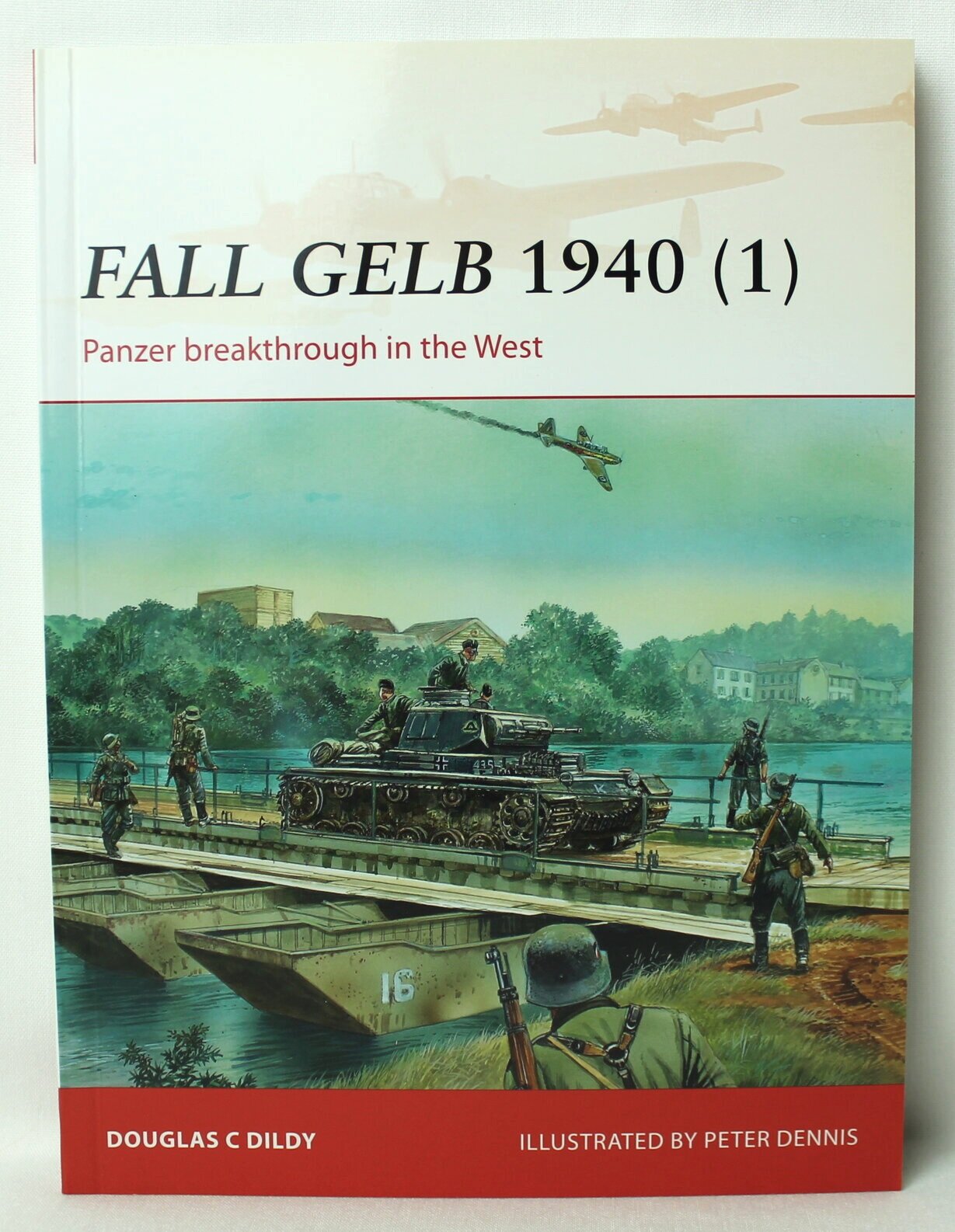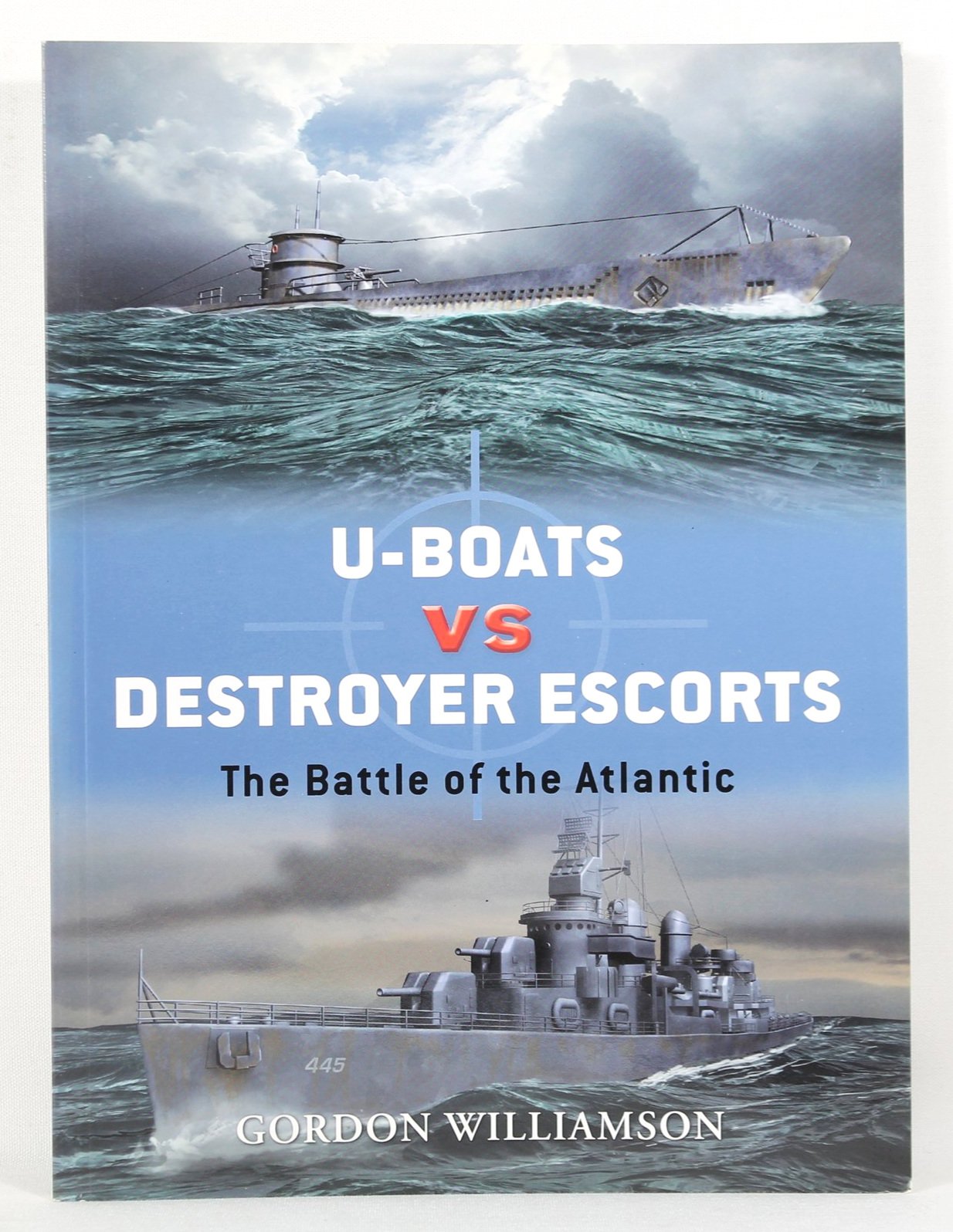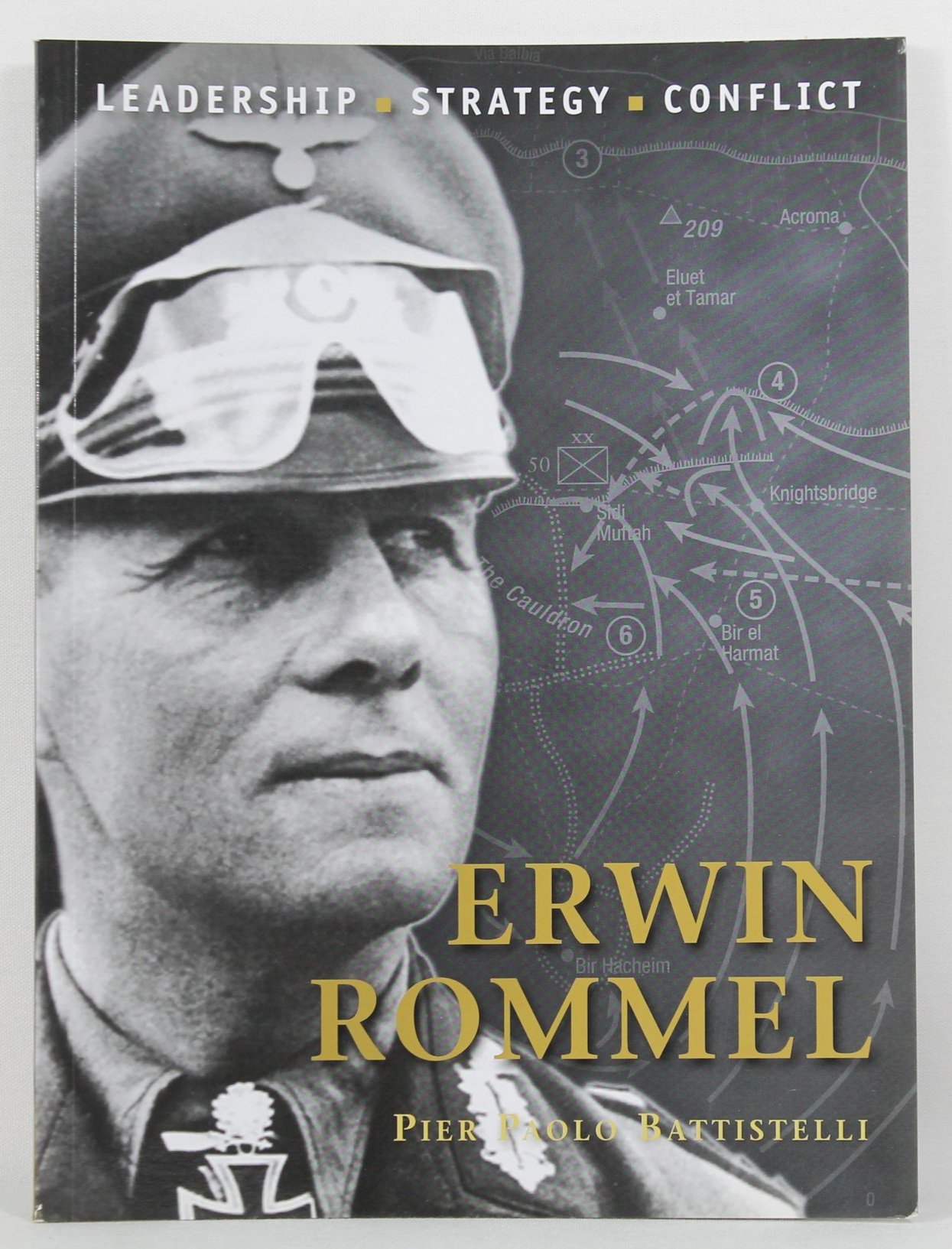Duel 25 - Fw 200 Condor VS Atlantic Convoy: 1941-43 by Robert Forczyk
With the fall of France in 1940, Germany suddenly had the opportunity to strike at poorly guarded Allied convoys. The Luftwaffe pressed into service the Fw-200 Condor, a plane that had originally been designed as a civilian airliner and the first plane to fly non-stop from Berlin to New York in 1938. After various modifications, the Fw-200 became the Luftwaffe's long-range maritime patrol and strike bomber. It was devastatingly effective; a single attack by five Condors on a convoy in February 1941 resulted in the sinking and damaging of 11 ships. Furthermore, the Condors passed on convoy sightings to the U-boats with devastating effect.
By the summer of 1941, the threat posed by the Condor was so great that Winston Churchill dubbed them "the scourge of the Atlantic." Losses to Condor attacks resulted in various crash efforts to find a solution to the predator. One solution was the Hurricate, a modified Hurricane that was launched by catapult from a converted merchant ship. But a more robust solution was required. This was delivered with the creation of the escort carrier to provide continuous air cover over a threatened convoy. By 1941 the duel for supremacy over the Atlantic began to turn in favor of the Allies and was furthered by the entry of the US into the war. The Germans made a last ditch attempt to turn the tide by equipping Condors with anti-shipping missiles, better defensive armament and airborne radar. But their numbers were too few to combat the ever-increasing might of the Allies.
This volume highlights a classic duel between opposing tactics, doctrine and technology, with the Germans attempting to field an airborne weapon that could intercept the Atlantic convoys, while the Allies attempted to provide an effective defense umbrella over the ships carrying vital war-time supplies.
Condition: New
Pages: 80 Paperback
Dimensions: 7-1/4x9-3/4
Author: Robert Forczyk
Publisher: Osprey
With the fall of France in 1940, Germany suddenly had the opportunity to strike at poorly guarded Allied convoys. The Luftwaffe pressed into service the Fw-200 Condor, a plane that had originally been designed as a civilian airliner and the first plane to fly non-stop from Berlin to New York in 1938. After various modifications, the Fw-200 became the Luftwaffe's long-range maritime patrol and strike bomber. It was devastatingly effective; a single attack by five Condors on a convoy in February 1941 resulted in the sinking and damaging of 11 ships. Furthermore, the Condors passed on convoy sightings to the U-boats with devastating effect.
By the summer of 1941, the threat posed by the Condor was so great that Winston Churchill dubbed them "the scourge of the Atlantic." Losses to Condor attacks resulted in various crash efforts to find a solution to the predator. One solution was the Hurricate, a modified Hurricane that was launched by catapult from a converted merchant ship. But a more robust solution was required. This was delivered with the creation of the escort carrier to provide continuous air cover over a threatened convoy. By 1941 the duel for supremacy over the Atlantic began to turn in favor of the Allies and was furthered by the entry of the US into the war. The Germans made a last ditch attempt to turn the tide by equipping Condors with anti-shipping missiles, better defensive armament and airborne radar. But their numbers were too few to combat the ever-increasing might of the Allies.
This volume highlights a classic duel between opposing tactics, doctrine and technology, with the Germans attempting to field an airborne weapon that could intercept the Atlantic convoys, while the Allies attempted to provide an effective defense umbrella over the ships carrying vital war-time supplies.
Condition: New
Pages: 80 Paperback
Dimensions: 7-1/4x9-3/4
Author: Robert Forczyk
Publisher: Osprey
With the fall of France in 1940, Germany suddenly had the opportunity to strike at poorly guarded Allied convoys. The Luftwaffe pressed into service the Fw-200 Condor, a plane that had originally been designed as a civilian airliner and the first plane to fly non-stop from Berlin to New York in 1938. After various modifications, the Fw-200 became the Luftwaffe's long-range maritime patrol and strike bomber. It was devastatingly effective; a single attack by five Condors on a convoy in February 1941 resulted in the sinking and damaging of 11 ships. Furthermore, the Condors passed on convoy sightings to the U-boats with devastating effect.
By the summer of 1941, the threat posed by the Condor was so great that Winston Churchill dubbed them "the scourge of the Atlantic." Losses to Condor attacks resulted in various crash efforts to find a solution to the predator. One solution was the Hurricate, a modified Hurricane that was launched by catapult from a converted merchant ship. But a more robust solution was required. This was delivered with the creation of the escort carrier to provide continuous air cover over a threatened convoy. By 1941 the duel for supremacy over the Atlantic began to turn in favor of the Allies and was furthered by the entry of the US into the war. The Germans made a last ditch attempt to turn the tide by equipping Condors with anti-shipping missiles, better defensive armament and airborne radar. But their numbers were too few to combat the ever-increasing might of the Allies.
This volume highlights a classic duel between opposing tactics, doctrine and technology, with the Germans attempting to field an airborne weapon that could intercept the Atlantic convoys, while the Allies attempted to provide an effective defense umbrella over the ships carrying vital war-time supplies.
Condition: New
Pages: 80 Paperback
Dimensions: 7-1/4x9-3/4
Author: Robert Forczyk
Publisher: Osprey










